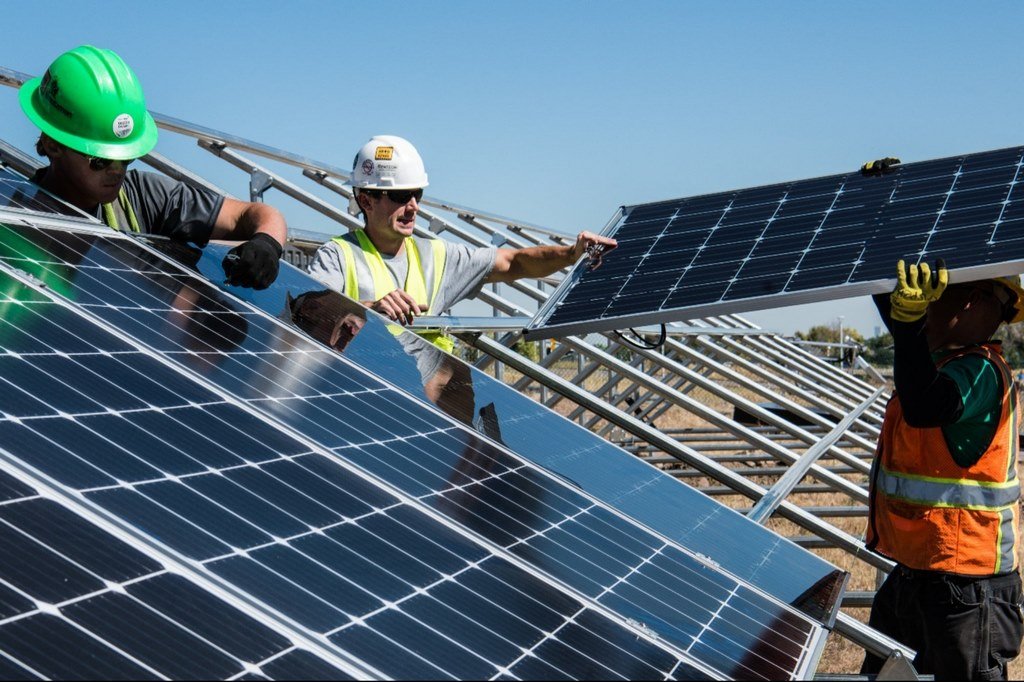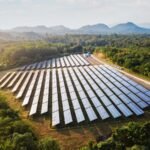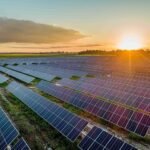In today’s rapidly evolving industrial landscape, off-grid solar solutions are becoming a game-changer for remote industrial facilities. These facilities, often located far from the main power grid, face unique challenges such as high energy costs, unreliable supply, and logistical barriers in fuel transportation.
Off-Grid Solar Solutions for Remote Industrial Facilities: Driving the Future of Energy Independence
Through innovative solar development strategies, businesses can now achieve sustainable, cost-efficient, and independent energy systems—while significantly reducing their environmental footprint. Steelbridge Export will look into this.
Why Off-Grid Solar Development is Vital for Remote Facilities
For remote mining sites, oil rigs, agricultural operations, and large-scale manufacturing plants, energy reliability is critical to operations. Traditional energy sources like diesel generators are not only costly but also environmentally harmful. This is where solar development shines—literally and figuratively—offering scalable, renewable power systems that require minimal ongoing fuel supply.
The biggest advantage of off-grid solar solutions lies in their ability to deliver power in areas where grid connection is either impossible or financially impractical. By deploying photovoltaic systems with advanced energy storage, facilities can maintain uninterrupted operations even in challenging conditions.

Key Benefits of Off-Grid Solar Development for Industry
Energy Cost Reduction
By replacing or supplementing diesel generators, remote sites can cut operational fuel costs by up to 70%, while stabilizing long-term energy expenses.Operational Reliability
Modern solar development projects integrate battery storage systems to provide power continuity during nights and cloudy days.Environmental Compliance
Reducing carbon emissions and noise pollution is increasingly a regulatory requirement, and solar helps meet those standards without sacrificing performance.Scalability
Solar systems can be expanded as operational needs grow, without the heavy infrastructure required for traditional power plants.
Technological Innovations Driving Off-Grid Solar Development
Recent advances in solar development technology are making off-grid projects more efficient than ever:
High-efficiency PV panels for maximum energy capture.
Hybrid systems combining solar, wind, and backup generators for optimal reliability.
Smart energy management systems to monitor and optimize power usage.
Modular battery storage for flexible scaling.
These innovations enable industrial facilities to not only meet current demand but also prepare for future energy needs without costly overhauls.
Related Articles: Energy Transition & Solar EPC: 2025 Guide for Smart Infrastructure Investors
Case Study: Mining Facility in a Remote Desert Region
A mining operation located over 200 km from the nearest grid adopted a solar development strategy with 5 MW of photovoltaic panels and 20 MWh of lithium-ion storage. The result? A 65% reduction in fuel consumption, near-zero downtime, and a positive ROI within five years. This showcases the profitability and practicality of solar for remote industrial operations.
Challenges and Considerations in Off-Grid Solar Development
While the benefits are clear, off-grid solar development projects require careful planning:
Initial Capital Investment – Solar systems can have higher upfront costs compared to diesel generators, though long-term savings are significant.
Maintenance Logistics – Remote locations require accessible maintenance plans and trained personnel.
Energy Demand Forecasting – Accurate load assessment ensures the solar system is sized appropriately to meet peak and continuous power needs.
By addressing these challenges through robust design and expert EPC services, remote industrial facilities can achieve sustainable energy independence.
 The Future of Solar Development for Remote Industry
The Future of Solar Development for Remote Industry
The global push toward decarbonization, coupled with advancements in PV efficiency and energy storage, is rapidly accelerating the adoption of off-grid solar development. For remote industrial facilities, the move is not just about sustainability—it’s about operational security, cost savings, and future-proofing against energy market volatility.
Forward-thinking companies that embrace solar development today are setting themselves up for long-term profitability, regulatory compliance, and competitive advantage.
more in: ecoppia.com
F&Q
- 1. What is solar development in the context of off-grid industrial facilities?
Solar development refers to the planning, designing, and implementation of solar power systems tailored to remote industrial facilities. It includes site assessment, energy requirement analysis, and the installation of off-grid solar solutions that operate independently of the main electricity grid. - 2. How do off-grid solar systems benefit remote industrial operations?
Off-grid solar solutions reduce reliance on expensive diesel generators, cut fuel transportation costs, and ensure a stable power supply. With proper solar development, these systems can also enhance sustainability and lower carbon footprints. - 3. What are the main components of an off-grid solar system for industrial use?
Typical components include photovoltaic (PV) panels, battery storage systems, charge controllers, inverters, and, in some cases, backup generators. The solar development process ensures these components are optimized for the facility’s energy needs. - 4. How long does it take to complete solar development for a remote industrial site?
The timeline can vary from a few months to over a year, depending on site conditions, project scale, and permitting requirements. A well-planned solar development strategy ensures efficiency and minimizes delays. - 5. Can off-grid solar systems be expanded as industrial power demands grow?
Yes. One of the advantages of strategic solar development is scalability. Systems can be upgraded with additional panels, batteries, or hybrid components to meet increasing energy demands over time.




 The Future of Solar Development for Remote Industry
The Future of Solar Development for Remote Industry



